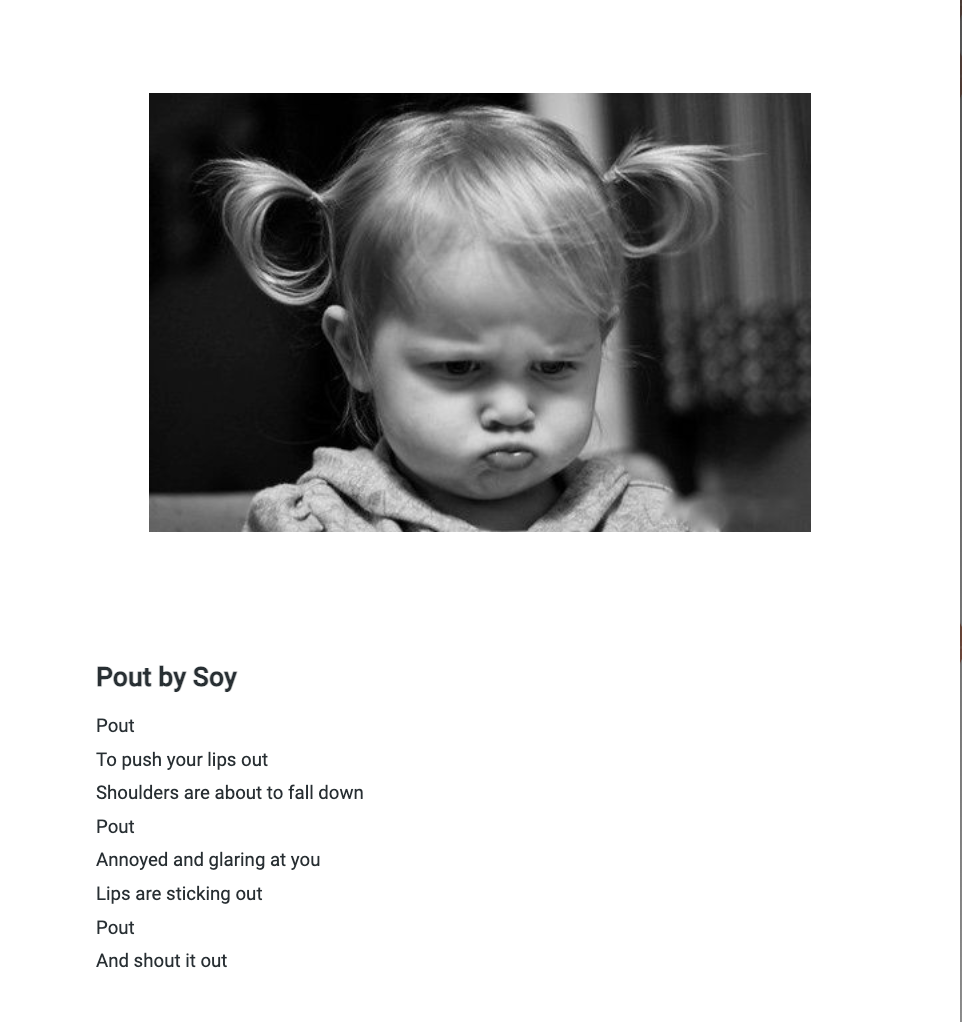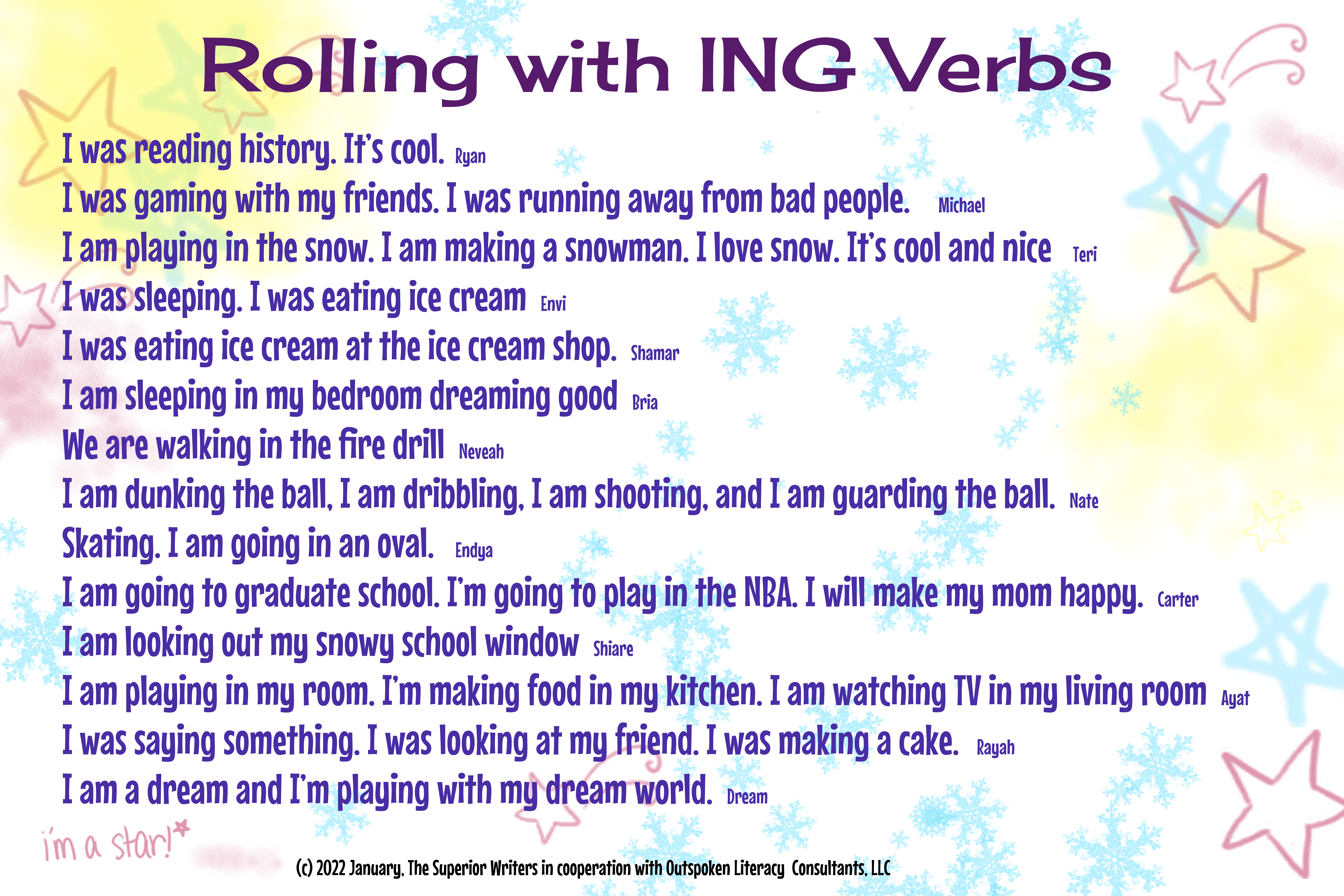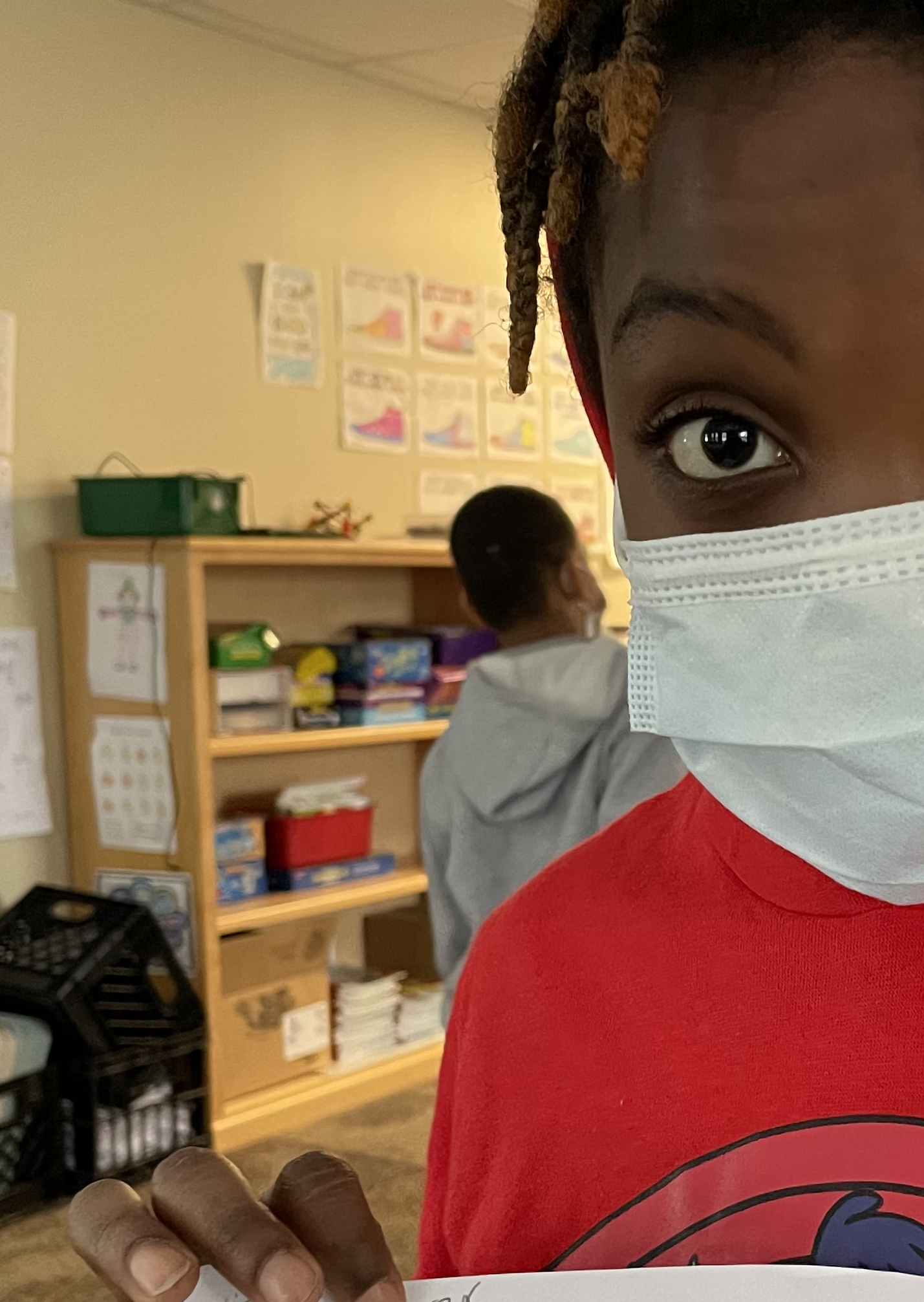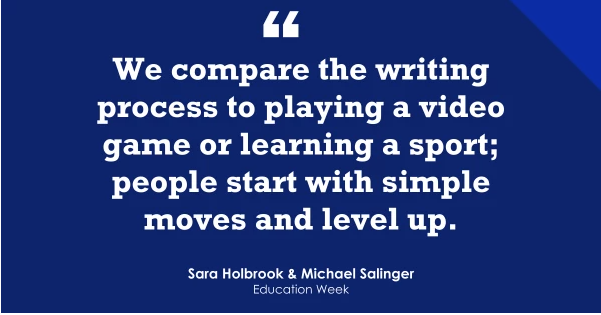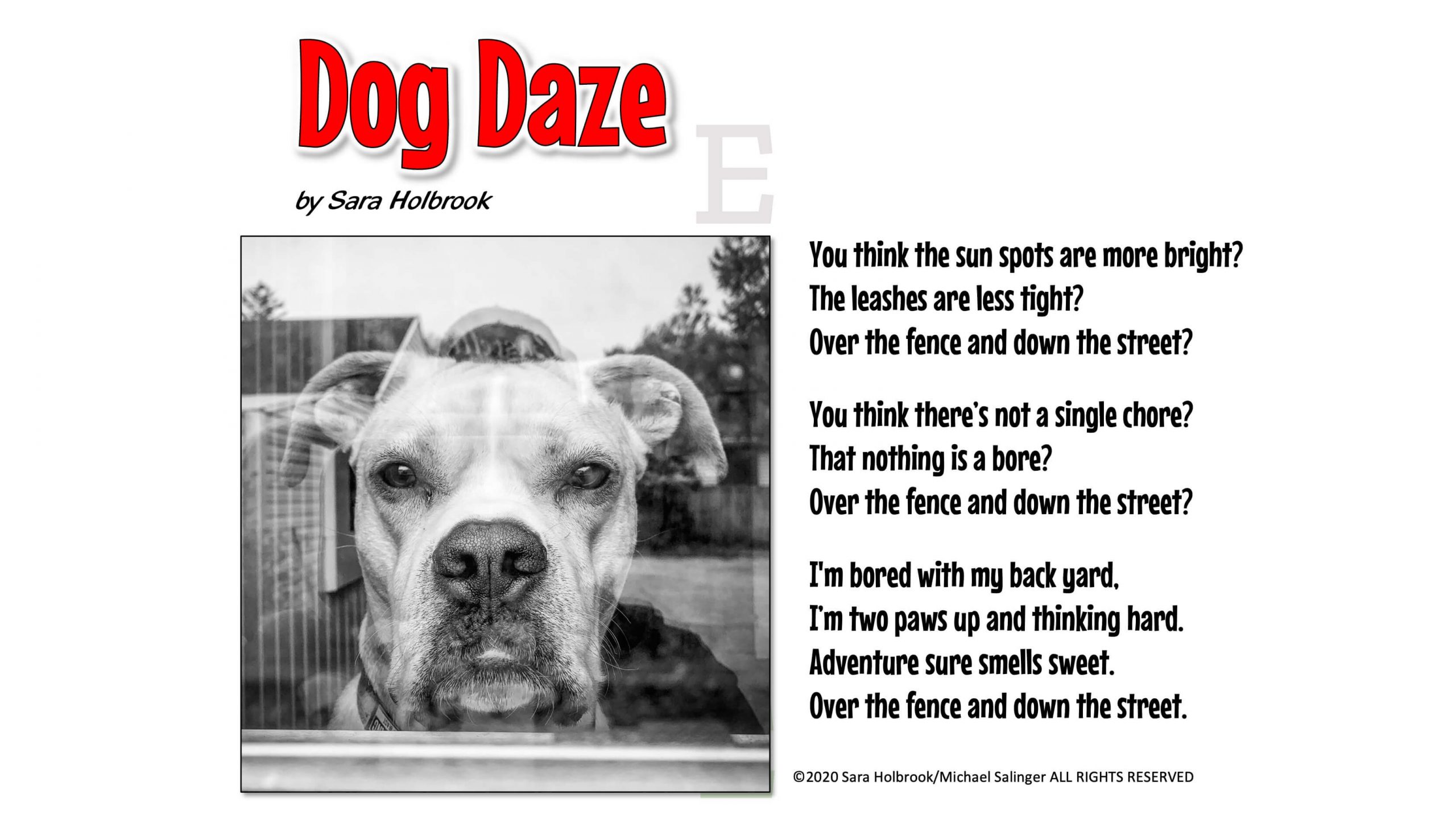When to teach vocabulary:
Recently Sara and I were presenting at the Sunshine State Teachers of English as a Second Language conference – virtually of course – although a dose of sunshine would have been a great respite from the windy and chilly weather we’re experiencing here in Northeast Ohio. After we introduced our resource – Read Write Speak it! we were taking questions from the attendees via zoom and one that came up was: Do you teach the suggested vocabulary words in the poems before you introduce the text to the students, or do you teach them as you encounter them?
The answer is – YES.
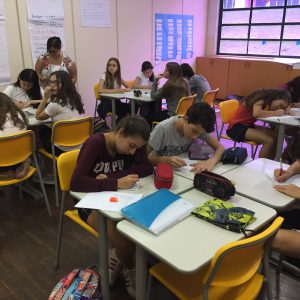
Teachers know best:
Sara and I always defer to classroom teachers when it comes to style of instruction and we have seen the vocabulary in RWS taught both ways. We feel both are valid approaches.
We tried to highlight vocabulary words that fall into the tier two level – those words that cross content area but retain a basic meaning. These would be words like SHREWD, STUMBLED, WARPED or THORNY for example. These words carry the same meaning whether in the context of a science, social studies or language arts. A thorny bush has similarities to a thorny issue in that they both require a soft touch.
By embedding these into short poetic texts, we provide context for their understanding that is not equaled in a sterile list of words with the instruction of reading or looking up definitions. In fact, we’re not big fans of defining words in the dictionary sense. We would rather describe the words. Dictionary definitions have a major constraining attribute – they are written with the intent of saving space. We want our vocabulary words to be discussed, rolled around a bit, flipped over and checked under the hood though discussion, action and illustration.
This can be done before the poem is introduced or after the first read through depending on your preference. You know your students and you understand which is going to works best for certain words. Tier three words – words specific to a subject that do not really travel between content areas are generally the ones you may want to consider teaching beforehand because there would be no context clues. For example, the word PREHENSILE which appears in the poem “When a Possum Grins” might be one of these.
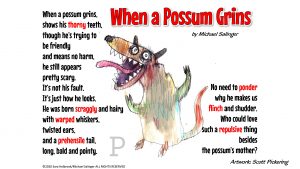
Images help:
We also encourage using images when teaching vocabulary – or even better video. One teacher let us know that she pre-taught the word EJECTOR (in the poem Just Trying to Sleep) to her students by showing them a YouTube video of a jet pilot exiting his aircraft via an ejector seat – I doubt those kids are going to forget the meaning of that word! Of course, the teacher doesn’t always have to be the one finding these videos – you won’t have to twist the arms of the kids too hard to get them to go out and bring them back to share.
So, YES – teach the words beforehand if you like and YES, teach them as you encounter them in the poem and YES, teach them after you’ve read through the piece and YES send the kids out in small teams to discover the meaning themselves. But don’t just define them – describe them.
Please feel free to share any strategies you are having success with in your classroom in the comments section.

